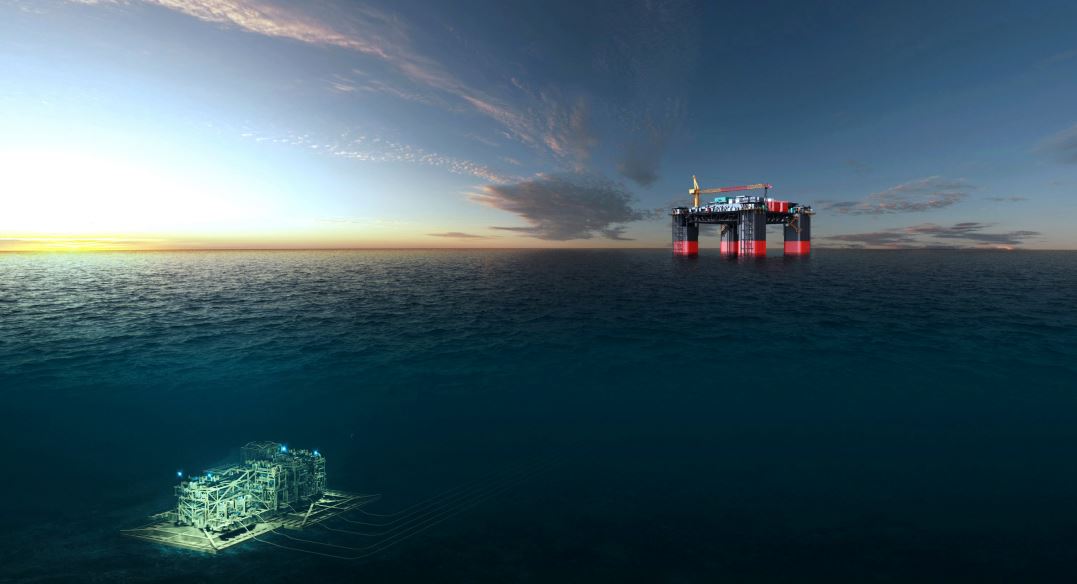US energy services firm Baker Hughes has won a contract from Chevron’s unit in Australia to deliver subsea compression manifold technology for the $4 billion Jansz-Io compression project.
The Jansz-Io compression (J-IC) project will help gas recovery at the giant 15.6 mtpa Gorgon LNG project as the offshore field ages.
Driven by the company’s subsea connect early engagement approach, Baker Hughes said it would provide Chevron with a subsea compression manifold structure including module and foundation.
In addition, the contract includes the latest optimized version of its horizontal clamp connector system and subsea controls for the manifold structure, the firm said.
Baker Hughes’ subsea connect business model “seamlessly brings together life-of-field expertise and technical capability, enabling customers to accelerate time to production, reduce total cost of ownership and maximize recovery over the life of the project,” it said.
The Jansz-Io gas field is located around 200 kilometers offshore the north-western coast of Western Australia, at water depths of approximately 1,400 meters.
As previously said, the field is a part of the Chevron-operated Gorgon LNG project, one of the world’s largest natural gas developments.
Baker Hughes has previously provided 23 subsea trees, 12 subsea manifolds, 45 subsea structures and a subsea production control system for the Gorgon project, it said.
The firm did not disclose the financial details of the contract.
The Chevron-operated Gorgon project is a joint venture between the Australian subsidiaries of Chevron (47.333 percent), ExxonMobil (25 percent), Shell (25 percent), Osaka Gas (1.25 percent), Tokyo Gas (1 percent) and JERA (0.417 percent).

